Competitive mechanisms subserve attention in macaque areas V2 and V4
- PMID: 10024360
- PMCID: PMC6782185
- DOI: 10.1523/JNEUROSCI.19-05-01736.1999
Competitive mechanisms subserve attention in macaque areas V2 and V4
Abstract
It is well established that attention modulates visual processing in extrastriate cortex. However, the underlying neural mechanisms are unknown. A consistent observation is that attention has its greatest impact on neuronal responses when multiple stimuli appear together within a cell's receptive field. One way to explain this is to assume that multiple stimuli activate competing populations of neurons and that attention biases this competition in favor of the attended stimulus. In the absence of competing stimuli, there is no competition to be resolved. Accordingly, attention has a more limited effect on the neuronal response to a single stimulus. To test this interpretation, we measured the responses of neurons in macaque areas V2 and V4 using a behavioral paradigm that allowed us to isolate automatic sensory processing mechanisms from attentional effects. First, we measured each cell's response to a single stimulus presented alone inside the receptive field or paired with a second receptive field stimulus, while the monkey attended to a location outside the receptive field. Adding the second stimulus typically caused the neuron's response to move toward the response that was elicited by the second stimulus alone. Then, we directed the monkey's attention to one element of the pair. This drove the neuron's response toward the response elicited when the attended stimulus appeared alone. These findings are consistent with the idea that attention biases competitive interactions among neurons, causing them to respond primarily to the attended stimulus. A quantitative neural model of attention is proposed to account for these results.
Figures
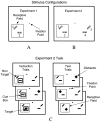
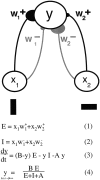
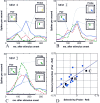
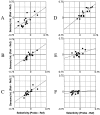
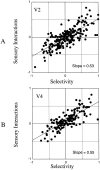
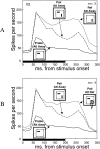
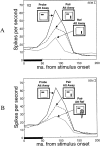
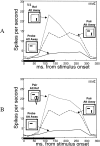

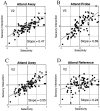
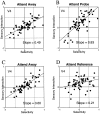
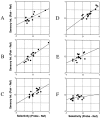
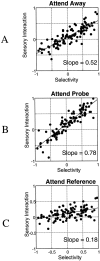
References
-
- Borisyuk RM, Borisyuk GN, Kazanovich YB. The synchronization principle in modelling of binding and attention. Membr Cell Biol. 1998;11:753–761. - PubMed
-
- Bushnell MC, Goldberg ME, Robinson DL. Behavioral enhancement of visual responses in monkey cerebral cortex. I. Modulation in posterior parietal cortex related to selective visual attention. J Neurophysiol. 1981;46:755–772. - PubMed
-
- Chelazzi L, Desimone R. Responses of V4 neurons during visual search. Soc Neurosci Abstr. 1994;20:1054.
-
- Connor CE, Gallant JL, Preddie DC, Van Essen DC. Responses in area V4 depend on the spatial relationship between stimulus and attention. J Neurophysiol. 1996;75:1306–1308. - PubMed
Publication types
MeSH terms
LinkOut - more resources
Full Text Sources
